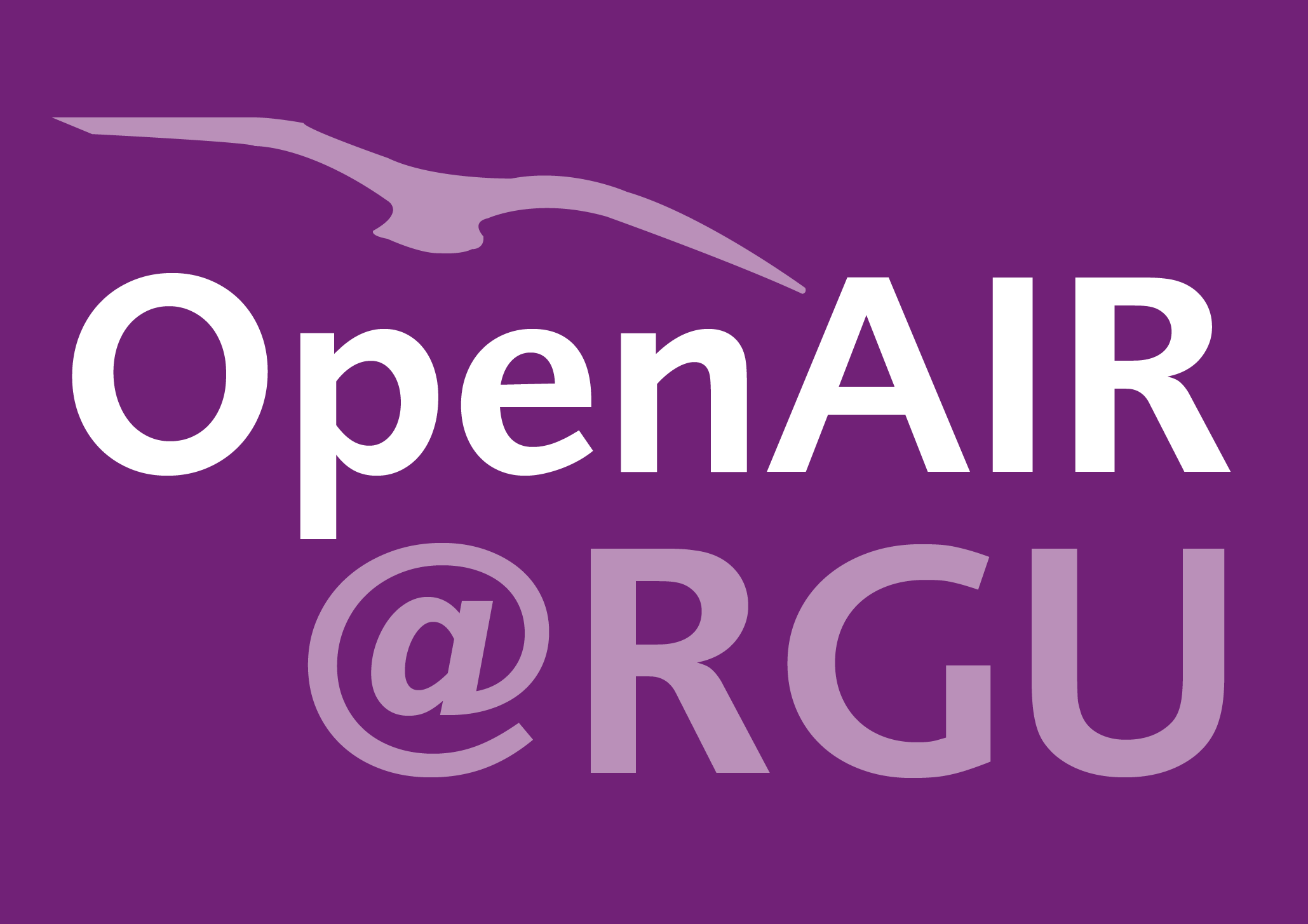Siddhartha K. Shakya
Solving the Ising spin glass problem using a bivariate EDA based on Markov random fields.
Shakya, Siddhartha K.; McCall, John A.W.; Brown, Deryck F.
Abstract
Markov Random Field (MRF) modelling techniques have been recently proposed as a novel approach to probabilistic modelling for Estimation of Distribution Algorithms (EDAs). An EDA using this technique was called Distribution Estimation using Markov Random Fields (DEUM). DEUM was later extended to DEUMd. DEUM and DEUMd use a univariate model of probability distribution, and have been shown to perform better than other univariate EDAs for a range of optimization problems. This paper extends DEUM to use a bivariate model and applies it to the Ising spin glass problems. We propose two variants of DEUM that use different sampling techniques. Our experimental result show a noticeable gain in performance.
Citation
SHAKYA, S.K., MCCALL, J.A.W. and BROWN, D.F. 2006. Solving the Ising spin glass problem using a bivariate EDA based on Markov random fields. In Proceedings of the 2006 IEEE congress on evolutionary computation (CEC 2006), 16-21 July 2006, Vancouver, Canada. New York: IEEE [online], article number 1688408, pages 908-915. Available from: https://doi.org/10.1109/CEC.2006.1688408
| Presentation Conference Type | Conference Paper (published) |
|---|---|
| Conference Name | 2006 IEEE congress on evolutionary computation (CEC 2006) |
| Start Date | Jul 16, 2006 |
| End Date | Jul 21, 2006 |
| Acceptance Date | Jul 31, 2006 |
| Online Publication Date | Jul 31, 2006 |
| Publication Date | Dec 31, 2006 |
| Deposit Date | Oct 20, 2009 |
| Publicly Available Date | Oct 20, 2009 |
| Publisher | Institute of Electrical and Electronics Engineers (IEEE) |
| Peer Reviewed | Peer Reviewed |
| Article Number | 1688408 |
| Pages | 908-915 |
| Series Title | IEEE transactions on evolutionary computation |
| ISBN | 0780394879 |
| DOI | https://doi.org/10.1109/CEC.2006.1688408 |
| Keywords | Glass; Electronic design automation and methodology ;Markov random fields; Sampling methods; Evolutionary computation; Lattices; Distributed computing; Probability distribution; Performance gain; Genetic mutations; Ising model; Markov processes; optimisation; random processes; sampling methods; spin glasses statistical distributions |
| Public URL | http://hdl.handle.net/10059/430 |
| Contract Date | Oct 20, 2009 |
Files
SHAKYA 2006 Solving the ising spin glass
(234 Kb)
PDF
Publisher Licence URL
https://creativecommons.org/licenses/by-nc-nd/4.0/
You might also like
Two-layer ensemble of deep learning models for medical image segmentation.
(2024)
Journal Article
DEFEG: deep ensemble with weighted feature generation.
(2023)
Journal Article
A comparative study of anomaly detection methods for gross error detection problems.
(2023)
Journal Article
